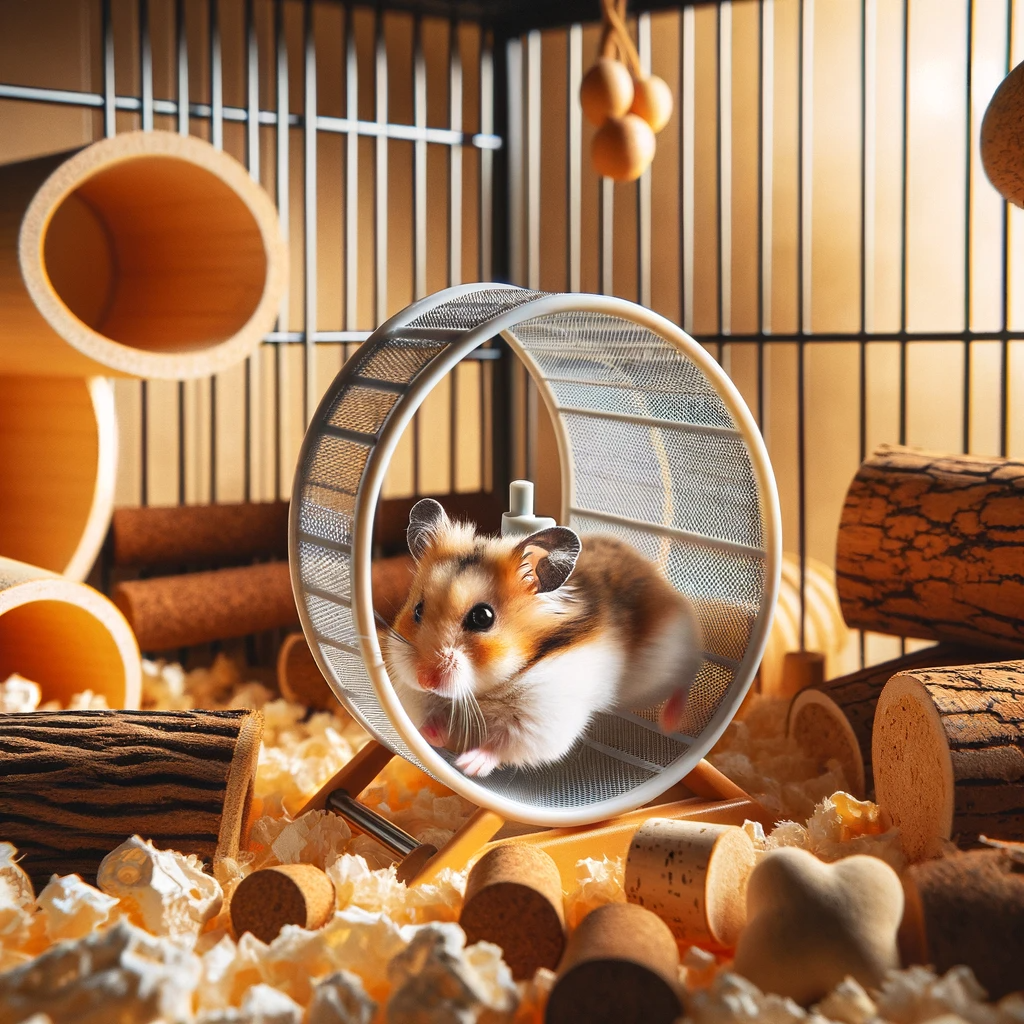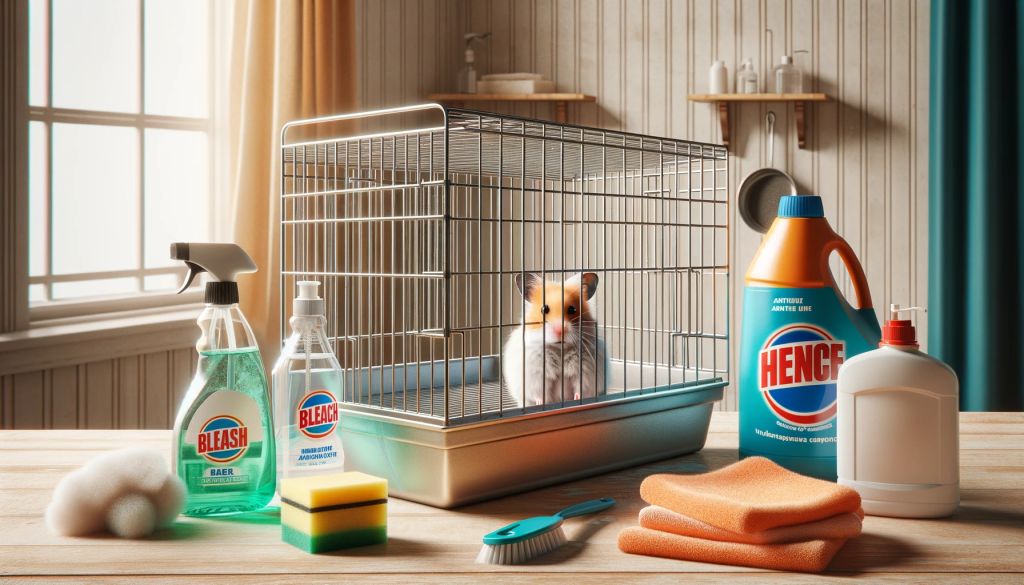Explore these six effective DIY methods to help your hamster shed some weight, complete with top food choices for maintaining a healthy weight.
Aiding Your Hamster in Weight Loss: Encourage your hamster to slim down through regular exercise, equipping their cage with a wheel and a ball, creating a balanced diet, and serving smaller meal portions.
Provide a Stimulating Environment: Create a dynamic living space with various exercise options like tunnels, cork logs, and grapevine wood for your hamster.

Guiding Your Hamster’s Weight Loss
Many pet owners struggle with creating a suitable diet plan, leading to weight gain in their pets. Our detailed guide outlines each step for effective weight management.
Develop a Balanced Diet Plan
Hamsters, naturally forest dwellers, consume vegetables, seeds, fruits, and other items in the wild. Domesticated hamsters have a more delicate digestive system and cannot consume all fruits and vegetables without potential harm.
If you’re unsure about their dietary needs, consult a veterinarian for a tailored diet plan. Pelleted foods, available in biscuit, cookie, and cereal forms, offer a balanced diet without promoting weight gain.
Choose Quality Food
Opt for high-quality, low-calorie pet foods. Although seeds, fruits, and vegetables are healthy, they should be given in moderation as part of a balanced diet to avoid excessive nocturnal activity.
Consider specific brands like Kaytee Fortie’s diet, ideal for digestive issues, and Oxbow essentials, which offer essential nutrients without contributing to weight gain. Be aware of each food’s pros and cons, such as its effect on fur quality and palatability. Note that dwarf hamsters may require Oxbow pieces to be cut into smaller sizes. Wild harvest is another excellent choice, providing essential nutrients and energy, and can be beneficial for diabetic hamsters.
Control Portion Sizes
Given their high metabolism, hamsters generally require a substantial amount of food to maintain energy levels. However, serving them less can prevent weight gain. For seeds like pumpkin or hemp, a tablespoon per meal is sufficient. The same applies to fruits and store-bought foods. Monitor their eating and storage habits, especially in dwarf hamsters with shorter lifespans.
Incorporate a Hamster Wheel
Hamster wheels are vital for exercise and mimic their natural foraging behavior in the wild. Affordable and available online or in stores, these wheels come in two types: surface and wire. The surface wheel, safer for their nails and legs, is the recommended choice.
Introduce a Hamster Ball
A hamster ball is an effective exercise tool. Ensure it’s the right size, with a single opening and adequate ventilation. Place it in their cage for independent discovery and exercise. Supervise their play outside the cage and avoid children interacting with the ball when the hamster is inside. Clean the ball regularly after exercise sessions.
Upgrade to a Larger Cage
A spacious cage is crucial for exercise and calorie burning. Aim for a cage with approximately 450 square feet of space. If space is limited, consider a taller, multi-story cage to encourage climbing and burrowing. Incorporate a playpen and hideouts for added activity. Limit fatty foods and include greens and dry grains in their diet. Following these tips should yield noticeable improvements in your hamster’s weight and health.


